This painting offers a view of an Eastern street at dusk, brought to life by numerous figures. At the center, a rider with his child seated on a dromedary appears to gaze into the distance. Other anonymous figures—women, children, merchants, and craftsmen—dot the scene. The sky is a soft mauve-pink with a slight haze, typical of Oriental evenings.
This work by August von Siegen is emblematic of European Orientalism: an aesthetic trend that gained popularity from 1830 onwards, reflecting a growing fascination with an Orient perceived as radically different. At the time, Western artists sought renewal and found in the Orient a source of exoticism, sensuality, and vibrant color. However, few actually made the journey. Orientalist works are thus not faithful reproductions but rather reflections of a Western gaze projected onto a largely imaginary and fantastical Orient.
Von Siegen’s painting follows this logic of architectural caprice: while the composition draws inspiration from real architectural elements—borrowed here from historic monuments in Cairo—it blends them with imaginative structures and fanciful perspectives. The domes, minarets, and monumental arches in the background evoke Mamluk Islamic architecture, notably the mosques of al-Mu’ayyad, Sultan Hassan, and Ibn Tulun. However, the arrangement of the buildings respects neither their actual scale nor their true locations.
This painting thus perfectly illustrates 19th-century Orientalist aesthetics: a balance between fiction and reality, between scholarly references and picturesque reverie. August von Siegen was an Austrian painter active in Munich (Germany) and Vienna (Austria). He stayed notably in Izmir, Turkey, and in Cairo, Egypt. If little is known about this artist, his paintings depicting highly detailed landscapes and seascapes are highly sought after by collectors.












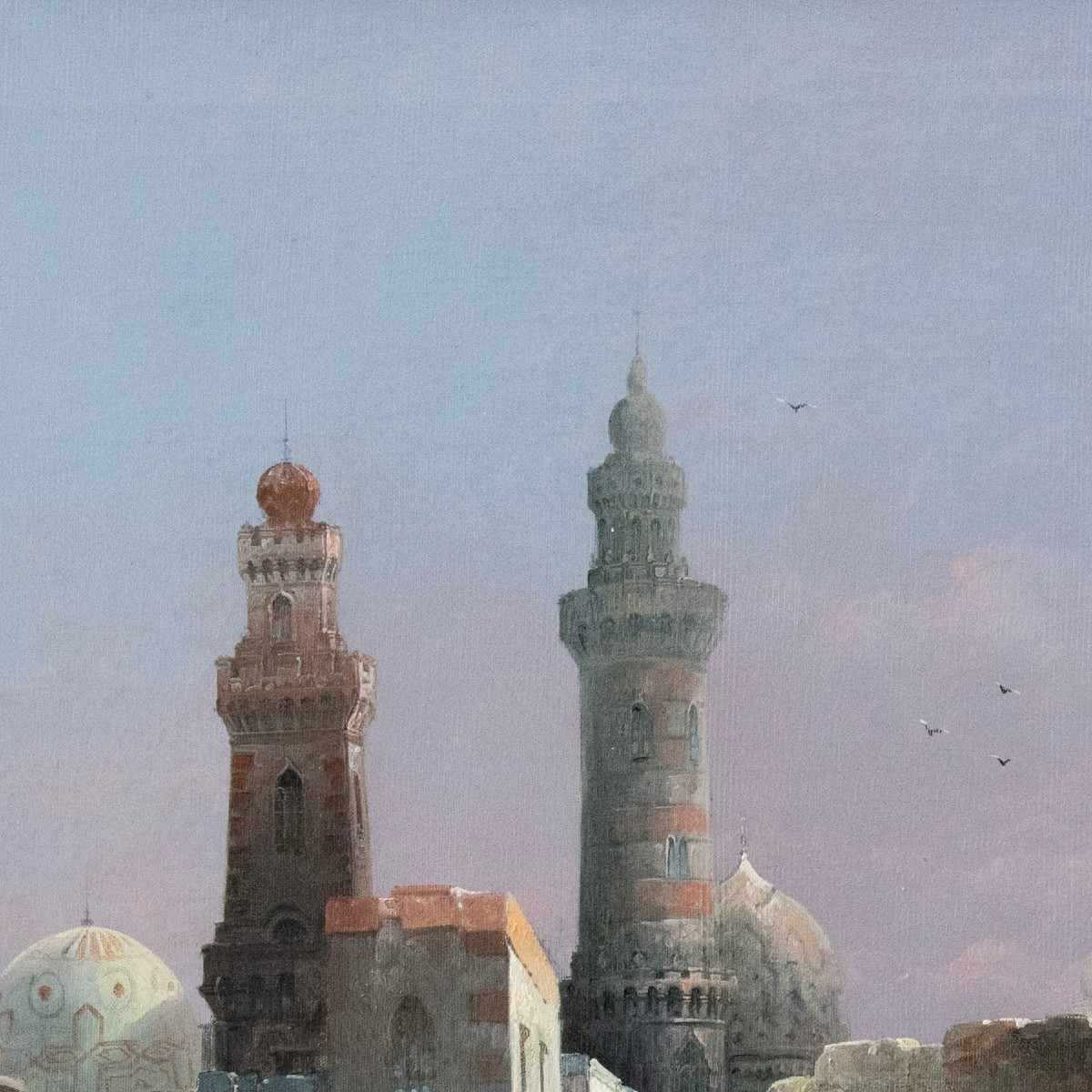
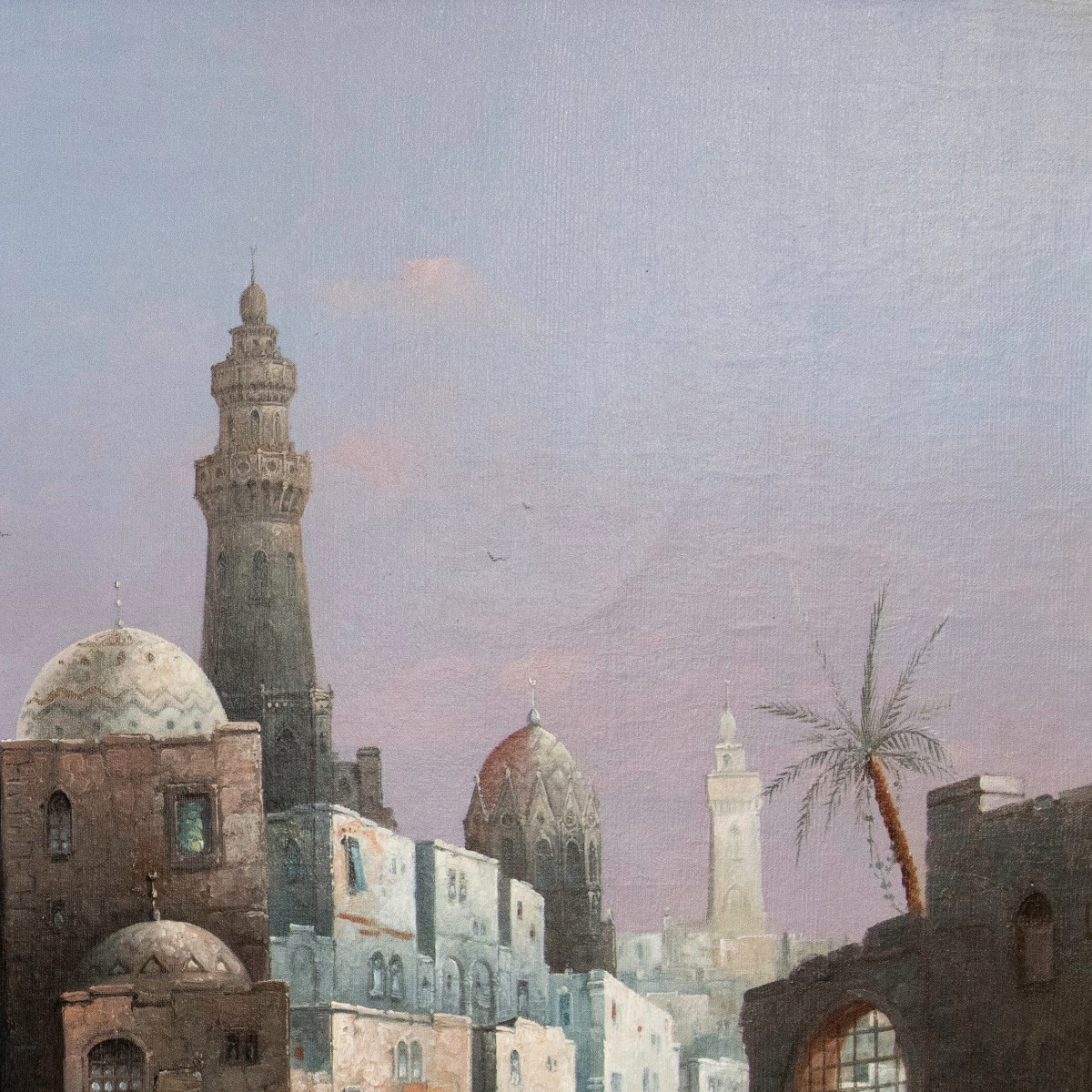


















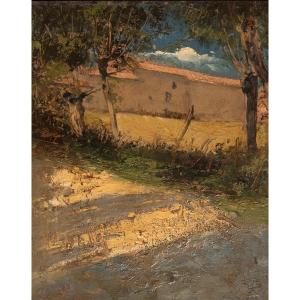










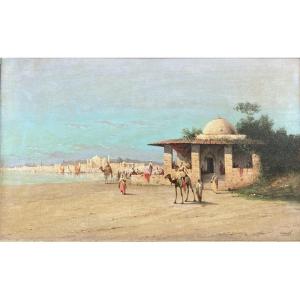
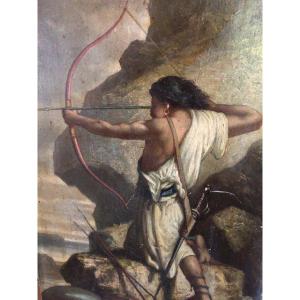
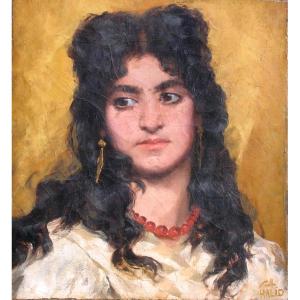



 Le Magazine de PROANTIC
Le Magazine de PROANTIC TRÉSORS Magazine
TRÉSORS Magazine Rivista Artiquariato
Rivista Artiquariato